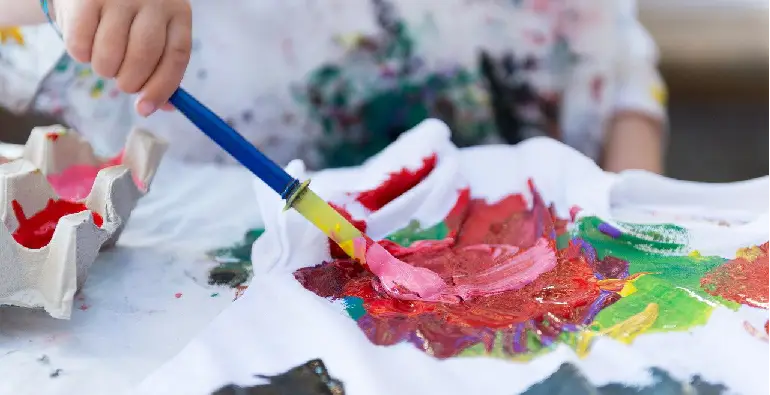Artists use the power of beautiful colour palates to showcase their masterpiece on the canvas. Watercolours are one of those mediums that add vibrancy, emotions and soul to your paintings. The amalgamation of right colour combinations can take your artwork to the new heights of success.
Artists in Sydney, Newcastle and other parts of NSW often use the natural pigments found in the clay and minerals or synthetic pigments, like water colours to define their craft. However, beginners fail to use the right combinations and end up creating a disaster.
Choosing the right watercolours play a pivotal role. It should be removed easily and don’t contain harsh chemicals. So, today we have listed five most common watercolour mistakes and the ways to avoid them for your next artwork:
1. Applying Watercolours on Damp Paper
When you apply water-based colours on a damp layer, it will turn muddy in colour. This can ruin the entire piece. As a rule, you should only apply watercoulours if the paper is completely dry or very wet. On the other hand, damp layer will create a lot of mess.
To prevent ‘making mud’, you should add paint when paper is bone dry or sparkling wet only. This hack will help you transform your ordinary craft into a masterpiece.
2. Luminosity Loss due to over-brushing
Running your brush multiple times can make your painting look dull and dingy. One wrong brushstroke is the reason behind the uneven and unpleasant piece. Thus, it is imperative to avoid overworking when using watercolours. Try not to focus more on details as it can create mess and ruin all your efforts.
3. Background Mistakes lead to Unnatural Objects
Outline plays a crucial role when painting natural objects. Using dark colours to outline the background is a serious mistake. This can make your natural object look fake- which is not a good sign. Use light and bright colours that can complement your actual masterpiece and goes well with contrast and its unique design.
It is good to draw inspiration from the natural world and use mild or white-tone colours on the background and apply the brush stroke in the alternate direction. This will help you blend soft and hard edges with ease.
4. Wrong-Sized Painting Brush
This is one of the most common watercolour mistakes for beginners. Most people often opt for small-sized brush to fill colours with ease. While small brush promotes comfort and control, it may require additional strokes to cover larger areas. Plus, using too big brush can also create problem, such as washing off watercolours.
So, it is good to use an appropriate brush size to achieve desired results. For instance, se small brushes for detailed work while a big brush is ideal for colouring the background. These small tips can help you unleash your creativity and leave a great impression on the viewers.
5. Rushing the Painting Process
There is no denying that overworking watercolour can ruin everything. The longer you work on your painting, the more layers you add to it. This will make your work look dull and messy.
So, you should never rush the process when using water colours. Instead, do a proper plan and showcase your painting skills.
Wrapping up
These are some of the most common watercolour mistakes you should avoid when showcasing your art craft. You can follow the right steps and use quality water colours that can give life to your painting.

